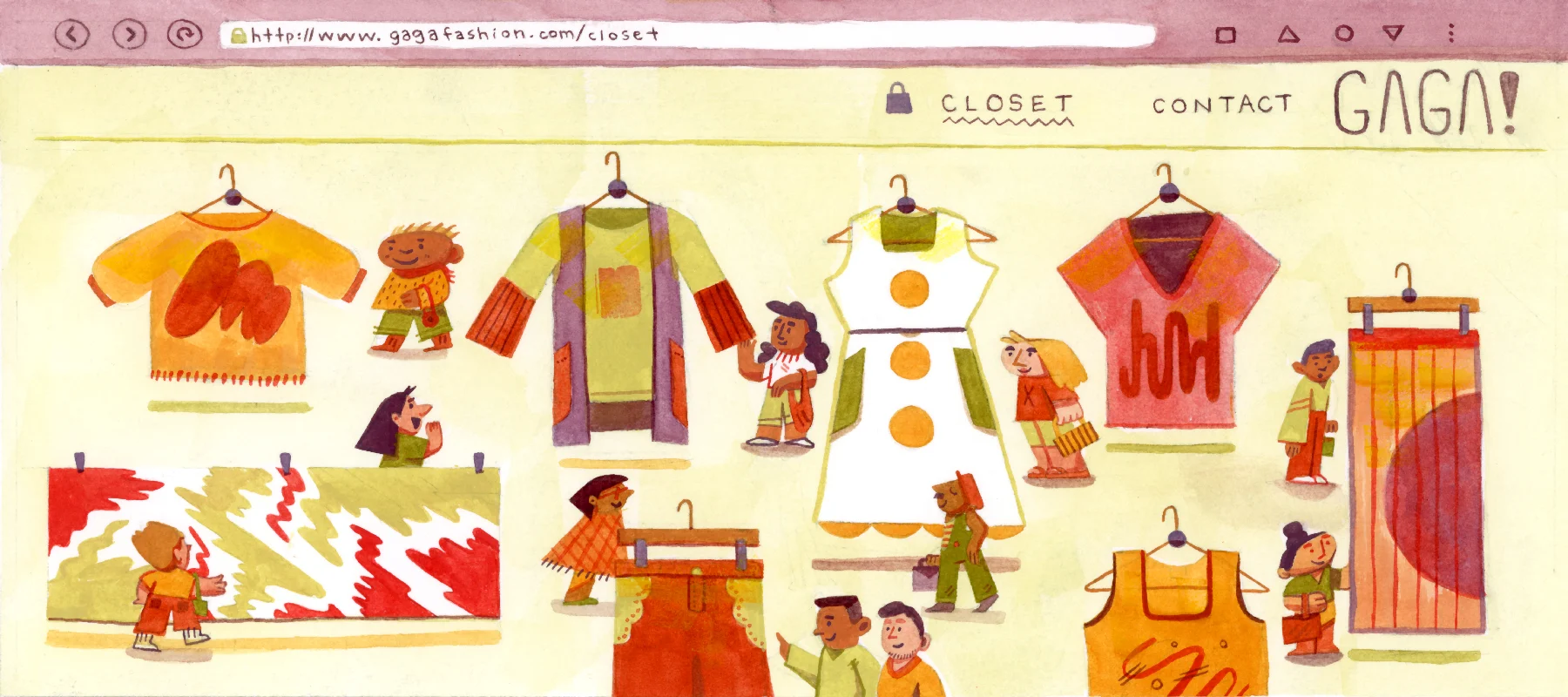How to Make Virtual Events Work for Your Shop
- 24 May 2021
- ByJamie Gadette
- 2 min read

A good way to draw attention to your shop is to bring people together through virtual events. But how do you know if it makes sense for you and your customers?
Angela Brown, executive director of Utah nonprofit Craft Lake City, has some ideas for you to chew on. She and her team experimented with several different formats to keep the lights on and keep folks connected in 2020. They learned hard and fast that some things work well, some tactics need fine tuning, and some aren’t worth the time and effort to pursue moving forward.
The following tips reflect their biggest lessons.
Step 1: Find your purpose
When they couldn’t host in-person gatherings, Craft Lake City turned to online workshops to generate revenue and sustain community engagement. The small and mighty crew contacted a few local artists, put together a curriculum, grabbed a videographer and filmed a short series of pre-produced workshops. Participants could pick up supply kits for the on-demand courses to safely create work at home.
Brown says it was a fun experience but ultimately not something they’ll focus on in the future. “It got us through several months by bringing in a little extra cash but it wasn’t as profitable as we thought it would be,” she says. “There are a lot of competitors in that space. If we did it again, we would do market research.”
In other words, confirm there’s interest before you take the leap. Send email surveys to existing customers. Ask for input on social media. Find out what they would like to learn from you and how they would like to learn.
By seeking their opinions you can not only deliver better experiences but also show that, while of course you must sell your work to make money, you’re interested in more than a transactional relationship.
From there you can set up live demos, recorded classes, 1:1 instruction, or group sessions based on your audience's interests.
Remember, when it comes to marketing, these events are part of the journey, not the destination.
Step 2: Ask for help
You don’t have to be in crisis to qualify for government funds or private donations. There are many, many artist grants available for individuals and collectives, most of which fall under the categories of business development, project development, or unrestricted funds. This is a particularly good path to follow if you’re planning a large-scale event or workshop series that requires more time and effort than a one-off happening might involve.
You can find small-business grants at government agencies, state organizations and private corporations. A few good places to start your search include the government database grants.gov, your local Small Business Development Center and nonprofits such as the Local Initiatives Support Corp.
Many corporations and large companies have a philanthropic component that includes small-business grants. For example, Creative Capital provides each funded project with up to $50,000 in direct funding plus additional career development services
There are also grants available specifically for single parents, women, minorities, veterans … The more specific you are when searching for opportunities, the more likely you are to be selected.
Not sure how to apply? Your city arts council might offer free grant writing workshops. Brown also recommends reaching out to other artists who have successfully received grants and chatting about their process. “Writing for an individual grant is very different than writing on behalf of an organization,” she says. “It’s a little bit of an art form. But once you get it down, it can be very beneficial.”
Step 3: Go big—or don’t
After their initial foray into on-demand workshops, Brown and team went all in on a virtual reality (VR) experience for Craft Lake City’s annual DIY Festival. They worked with the University of Utah to hire five graduate students to help 200+ artisans showcase their products in virtual galleries and engage directly with attendees through an interactive digital platform. “Everyone was doing free events and having artisans stream at home,” Brown says. “I thought that was cool but I wanted to do something else with a big wow factor—something like a video game.”
The result? On a typical year, the three-day event sees about 2000 attendees. In 2020, more than 8000 individuals logged on to attend the VR spectacular. And there was plenty of room to go around. The virtual infrastructure was massive—three times the size as it would be in person. “Because it was so big, some artists were totally isolated. They could be in their booth for an hour without seeing everyone,” Brown says. “Most people had never had a VR experience before the fest. Some artisans got very frustrated and that was hard for us.”
So, for their next event—a holiday market—Craft Lake City scaled back and built something simpler. The much smaller virtual event was better received by both the public and artisans.
While you might not have the means or desire to put on something as huge as a virtual festival or market, you can incorporate VR elements into your event to make it extra special (and memorable).
If you want to take the plunge into larger scale VR events, start with Hubs by Mozilla, a free, open-source platform anyone can use to create private rooms and meet with friends in a 3D environment online. There are tons of resources available to educate yourself on the basics, and a community forum that functions like Slack to ask questions and share ideas along the way.
No matter the platform, before going live do a test run to iron out any technical difficulties. Get some friends together. Poke around and see if it works. By doing a dress rehearsal or two, you can identify rough spots before customers show up.
Even when the pandemic finally recedes into the rearview, there will still be an appetite for virtual events. It might ebb and flow with the seasons, but most people are more comfortable with digital interactions than ever before. Give them a powerful reason to RSVP and they will come.
Article header image created by illustrator Khaila Carr.
24 May 2021
Words by:Jamie Gadette
Tags
- Share

